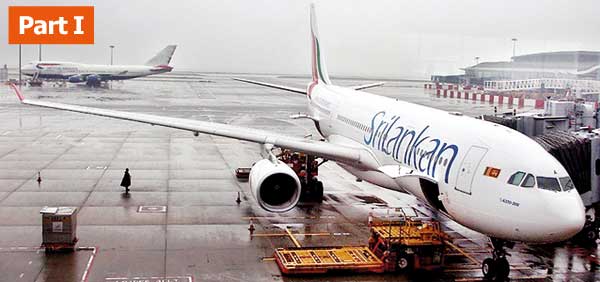Reply To:
Name - Reply Comment
Last Updated : 2024-04-20 12:41:00

.jpg) Prime Minister Ranil Wickremesinghe had clearly enunciated in his economic policy framework that all state-owned enterprises (SOEs) would be brought under a State Holding Corporation (SHCL) and operated as a trust. He had further said these SOEs would take meaningful steps to incorporate private sector-style efficiency measures that would ensure them being run efficiently.
Prime Minister Ranil Wickremesinghe had clearly enunciated in his economic policy framework that all state-owned enterprises (SOEs) would be brought under a State Holding Corporation (SHCL) and operated as a trust. He had further said these SOEs would take meaningful steps to incorporate private sector-style efficiency measures that would ensure them being run efficiently..jpg)
| Case study of turnaround of Turkish Airline | |
|

Add comment
Comments will be edited (grammar, spelling and slang) and authorized at the discretion of Daily Mirror online. The website also has the right not to publish selected comments.
Reply To:
Name - Reply Comment
On March 26, a couple arriving from Thailand was arrested with 88 live animal
According to villagers from Naula-Moragolla out of 105 families 80 can afford
Is the situation in Sri Lanka so grim that locals harbour hope that they coul
A recent post on social media revealed that three purple-faced langurs near t